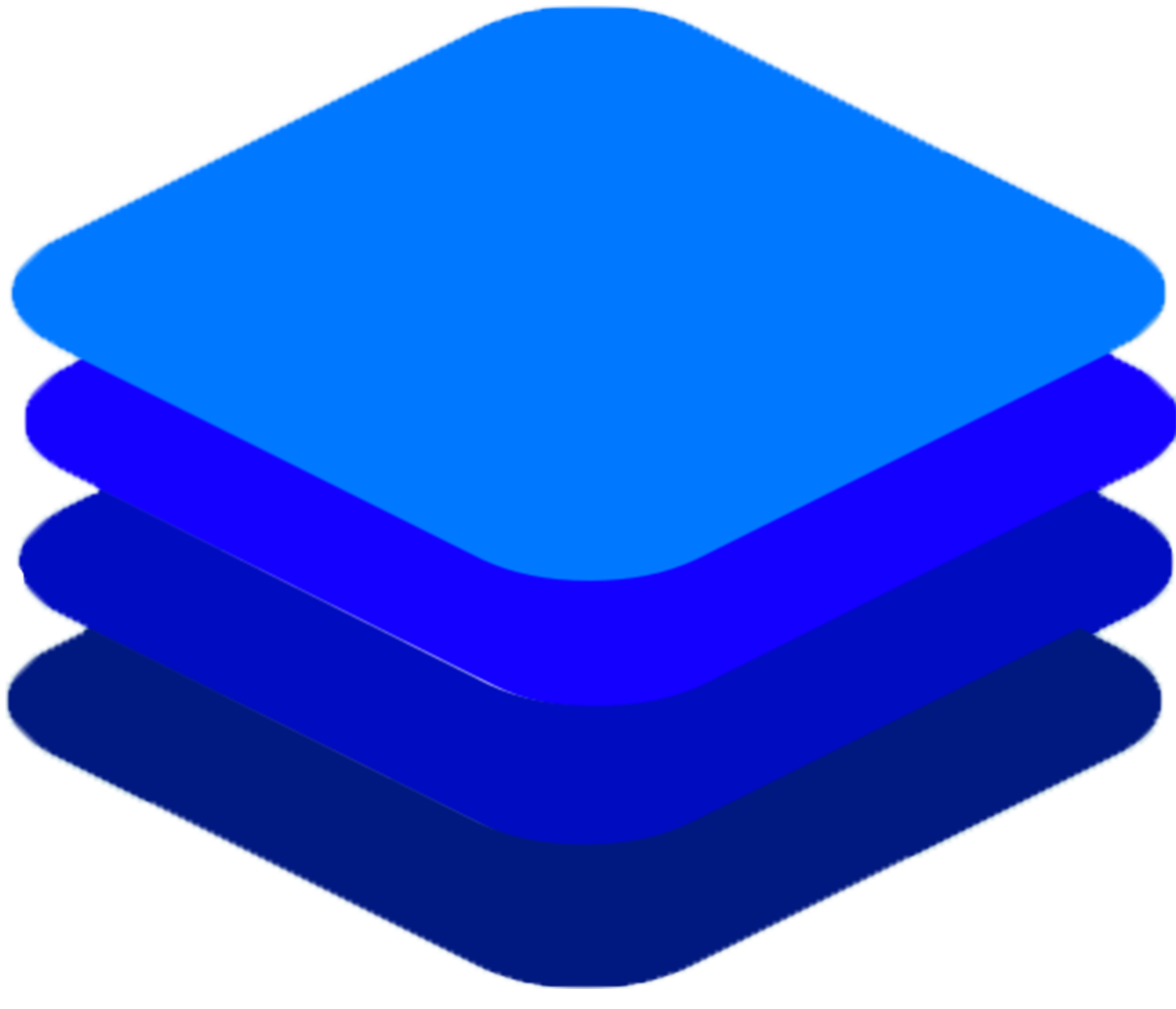HADashboard and Python apps for Home Assistant. Note that you MUST manually edit your auto-generated appdaemon.yaml file to add a few required settings. See support threat here for an example: https://forums.unraid.net/topic/72041-support-appdaemon-hadashboard-corneliousjd-repo/
Community Apps
Browse our large and growing catalog of applications to run in your Unraid server.

Deepstack is an AI server that empowers every developer in the world to easily build state-of-the-art AI systems both on-premise and in the cloud. The promises of Artificial Intelligence are huge but becoming a machine learning engineer is hard. Build and deploy AI-powered applications with in-built and custom AI APIs, all offline and self-hosted. See https://deepstack.cc and https://docs.deepstack.cc/faq/index.html To use with home assistant see: https://github.com/robmarkcole/HASS-Deepstack-object and https://docs.deepstack.cc/faq/index.html Old CPUs without AVX: If you are using an older CPU that doesn't support AVX (Warning: This version hasn't been updated in some time): 1. Add :noavx to the end of the Repository: field. 2. Should look like this: deepquestai/deepstack:noavx GPU: If you wish to use a NVIDIA GPU instead of your CPU: 1. Install Unraid Nvidia Plugin (available in the community apps store): https://forums.unraid.net/topic/98978-plugin-nvidia-driver/ 2. Add :gpu to the end of the Repository: field. Should look like this: deepquestai/deepstack:gpu 3. Add --runtime=nvidia to the Extra Parameters: field (to view this field switch to advanced view by clicking the toggle in the top right next to Basic View) . 4. Copy your GPU UUID to Nvidia Visible Devices:. (Can be found in the Nvidia Driver settings page under nVidia Info:). Should look something like this: GPU-1a2b3456-7890-1cd2-ea34-56b7c8de90a1 *I am not the creator or maintainer of this container I am merely providing the Unraid template.
HomeAssistant_inabox
HomeAssistant_inabox downloads, installs, and automatically manages a Home Assistant VM on your Unraid server with a single click. If the VM is found to be unexpectedly stopped, the container will automatically restart it to ensure uninterrupted service. Once installed, clicking on this container's WebUI will redirect you directly to your Home Assistant VM's WebUI. Container Variables VM Name Specify the desired name for the Home Assistant VM. --Default Home Assistant VM Images Location Set the path to where your VM images are stored Appdata Location Set the directory where HomeAssistant_inabox will store its appdata. Keep VM Running Choose Yes to automatically monitor if the Home Assistant VM is running. If it is found to be stopped, the container will attempt to restart the VM --Default Yes Check Time Specify how frequently (in minutes) to check if the Home Assistant VM is running. Default: 15 minutes HA_inabox WebUI Port Port used by the container to access the Home Assistant WebUI --Default: 8123 Notes - During the VM installation, the container dynamically builds the XML template based on the current configuration. - It automatically detects the highest available QEMU machine type on the server and adjusts the VM template to use the optimal configuration. - For smooth operation, ensure that the VM storage and appdata paths are correctly set according to your Unraid shares.

This plugin is a wrapper for reading the files used by emhttpd for displaying various statistics, the files are read from /var/local/emhttp/*.ini and are converted to JSON for easy access by services/applications like Home Assistant. Please note there is no frontend, please visit the support thread for usage instructions.